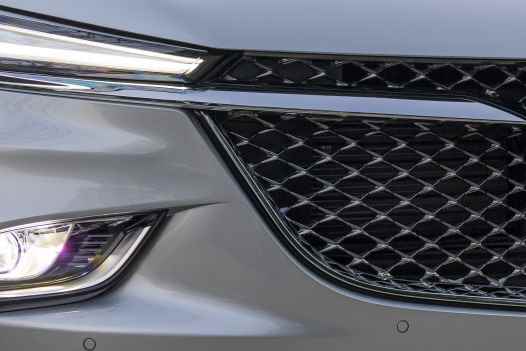JD Power released its annual study on the initial quality of new vehicles last week. The conclusions are unequivocal: the upheavals currently affecting the industry have had a direct effect on vehicle reliability.
Posted at 11:45 a.m.
Granted, the study has its limitations, as it focuses on just the first 90 days of ownership. Despite everything, it remains an interesting probe to judge the state of health of the industry as a whole. Based on a survey of 223 questions completed by 84,165 American owners, this year it released record figures in 36 years of existence concerning the number of problems detected per vehicle.
When compared to 2021, new models purchased in 2022 are 11% more likely to be affected by problems of all kinds. It is the completely new models that are overrepresented among dunces. JD Power also notes that luxury brands generally do worse (196 problems per 100 vehicles) than general manufacturers (175 problems per 100 vehicles).
Unsurprisingly, the infotainment systems are where complaints are highest. Now playing a major role in many models for activating common functions, they alone account for 45 problems per 100 vehicles surveyed.
Intriguingly, plug-in hybrids and electric vehicles are more problematic than their combustion engine counterparts. They have respectively 239 problems/100 vehicles and 240 problems/100 vehicles compared to 175 problems/100 vehicles for gasoline models. Note, however, that the influx of entirely new proposals equipped with these mechanics can largely explain these figures.
When we focus on the reliability of the brands as a whole, we see that the American manufacturers are doing well. Buick ranks first (139 problems/100 vehicles) ahead of Dodge (143 problems/100 vehicles) and Chevrolet (147 problems/100 vehicles). Apart from certain specific models, these manufacturers offer rather aging vehicles mainly powered by internal combustion engines. Let’s now hope that the industry pulls itself together.

